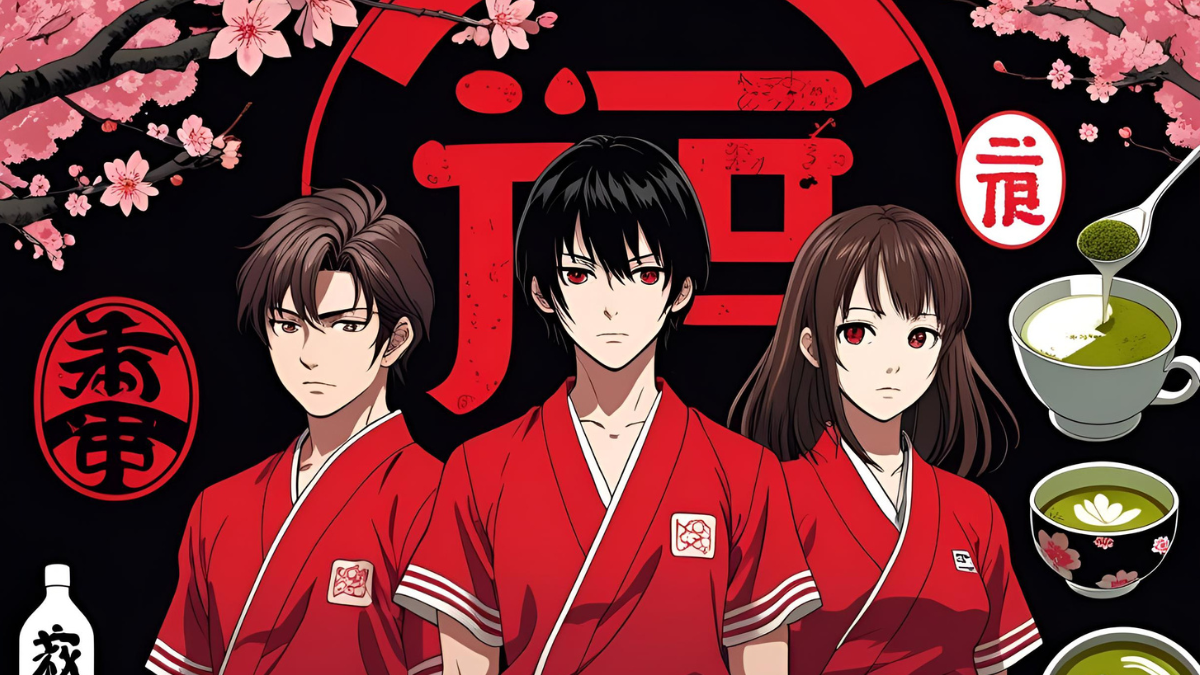
Advertisement
Food is more than sustenance—it’s memory, emotion, and culture. Nowhere is this clearer than in the worlds of K-dramas and anime, where meals on screen hold symbolic weight. Yet, while anime often exaggerates flavors with glowing noodles or oversized rice balls, K-dramas lean on realism, making audiences crave the dishes they see.
K-dramas masterfully capture the details: the sizzle of grilled meat, the bubbling of kimchi stew, or the clinking of soju glasses late at night. These sensory depictions make food central to relationships—friends reconcile over fried chicken, lovers confess over tteokbokki, families bond through banquets. The realism doesn’t just make the food look appetizing; it mirrors everyday Korean culture where meals are sacred social rituals.
Anime, meanwhile, treats food more symbolically. It exaggerates textures and reactions—characters faint with joy after eating ramen or cry tears over perfectly made bentos. The flavor is felt through humor and imagination, not literal realism.
Both mediums value food, but in different ways. For K-dramas, food connects people in tangible, relatable ways. For anime, food amplifies emotions, comedy, or fantasy. Yet, when it comes to tastiness, K-drama’s realism wins the craving game.
The Realism of K-Drama Food
K-dramas excel at making food look not only beautiful but authentic. Directors prioritize close-up shots that linger on bubbling pots, steaming rice, or crispy fried chicken. These depictions aren’t stylized exaggerations—they’re real food, cooked and consumed by actors during filming.
Consider the iconic chicken-and-beer moments from My Love from the Star. That simple pairing skyrocketed in popularity after airing, boosting actual restaurant sales across Korea. Or the late-night street food scenes in Itaewon Class that highlight resilience and cultural identity. K-drama meals often reflect plot progression: bonding over stew after heartbreak, or family dinners that symbolize reconciliation.
The realism appeals because it ties directly to Korean culture. Meals are collective experiences. Sharing food equals sharing emotions, and dramas replicate that intimacy. Even mundane snacks like convenience store ramyeon or triangle kimbap are filmed with attention to texture and atmosphere, making audiences crave the ordinary.
In short, K-drama food resonates because it is believable. The sensory accuracy—sound, steam, texture—draws audiences into the story while leaving them hungry.
Anime’s Exaggerated Flavor Fantasy
Anime takes a different approach. Instead of realism, food in anime often serves as a heightened emotional or comedic device. Shows like Food Wars! exaggerate flavor reactions to ridiculous extremes: characters explode in ecstasy, clothes fly off, or scenes morph into surreal landscapes.
Even in subtler anime, food often signals joy or comfort rather than literal taste. In Naruto, Ichiraku Ramen is less about broth flavor and more about belonging and home. In Spirited Away, food becomes fantastical, symbolizing temptation, greed, or magic. The famous scene where Chihiro’s parents gorge themselves doesn’t make you crave the dishes—it unsettles you.
This fantastical approach reflects anime’s broader storytelling style—imagination rules over realism. Food is not about texture or recipe but emotional amplification. The over-the-top noodle slurps, giant rice balls, or sparkling curry dishes work less as appetite triggers and more as narrative cues.
As a result, anime food feels symbolic rather than tasty. It entertains the imagination, while K-dramas tantalize the senses.
Food as Storytelling Device Across Cultures
The differences in food portrayal highlight cultural storytelling. In Korea, meals are social rituals—communal, intimate, and symbolic of emotional exchange. K-dramas reflect this by anchoring plot points in food: reconciliations, confessions, or family unity often unfold at dinner tables.
In Japan, food also holds cultural meaning, but anime tends to abstract it into metaphor or humor. Meals can symbolize comfort (Totoro’s bento scene), community (Naruto’s ramen shop), or spectacle (Food Wars!). But anime rarely dwells on the realism of preparation or consumption.
Both approaches reveal priorities. K-dramas want audiences to feel like they’re sitting at the table, tasting the stew with the characters. Anime wants viewers to feel the emotional weight food carries—whether that’s joy, nostalgia, or absurd comedy.
Interestingly, when anime leans into realism—such as in Your Name or The Garden of Words—its food scenes become just as appetizing. But this remains the exception, not the rule.
Together, these cultural depictions show how food serves as narrative shorthand. Where K-dramas use flavor and texture to build emotional closeness, anime uses exaggeration to heighten story worlds. Both are effective—but tastiness belongs to the K-drama kitchen.
Conclusion
Food in entertainment is more than a prop—it’s an emotional anchor. K-dramas excel at making audiences salivate because their meals are rooted in realism. Bubbling soups, grilled meats, or even simple kimbap aren’t just visually appealing; they carry emotional resonance. These scenes remind us of shared meals, intimacy, and everyday life.
Anime, in contrast, thrives on fantasy. Its food is exaggerated, symbolic, or humorous. It may not always trigger cravings, but it sparks curiosity and laughter, making food a vehicle for imagination.
Ultimately, both mediums succeed in different ways. Anime entertains through creative exaggeration, while K-dramas ground their meals in authenticity and cultural truth. That realism is why K-drama food scenes feel tastier: they invite viewers to crave dishes they can actually recreate, turning screens into cookbooks and cravings into real-world meals.
When audiences walk away from a K-drama craving fried chicken or ramyeon, that’s more than appetite—it’s proof of storytelling power.
